10 Hidden Costs of Experiential Marketing: Insights For Agency and Brand Leaders.
Experiential marketing gives agencies and the brands they serve unique opportunities to engage consumers in new and unexpected ways, whether sparked by a client’s request or creative innovation within your team. As an agency leader, you may recognize the power of experiential efforts that captivate audiences and generate buzz, but the path to executing a successful campaign can be filled with unanticipated challenges for your team. Every detail matters, and unforeseen costs can quickly turn an exciting opportunity into a financial drain. Understanding these hidden costs is key to delivering high-impact campaigns that not only meet client expectations but also safeguard your agency’s bottom line.
Here are 10 less obvious expenses that can quietly inflate your budget.
Technology Integration: The Hidden Price Tag
Integrating cutting-edge technology into experiential campaigns can elevate the experience, but it often comes with a hefty price tag. Whether it’s AR, VR, or interactive displays, these technologies require not only the initial investment in hardware but also the ongoing costs of content development, software licensing, and maintenance. These expenses can accumulate quickly, especially if your team isn’t fully prepared to handle the complexities involved.
Vendor Management: The Cost of Coordination
Most experiential campaigns require the coordination of multiple vendors—each bringing their own set of challenges. Managing these relationships, ensuring that every vendor is aligned with the brand’s vision, and keeping the logistics running smoothly can become a costly endeavor. Unexpected issues, such as delays or miscommunications, can further drive up costs and stretch resources thin.
Regulatory Compliance and Permits: Navigating the Red Tape
Compliance with local regulations and obtaining the necessary permits is a critical yet often underestimated aspect of experiential marketing. Depending on the location and scale of your event, navigating the legal landscape can involve significant fees and time. These costs, if not anticipated, can catch even the most experienced agencies off guard.
Sustainability: Going Green Isn’t Always Cheap
As consumers become more environmentally conscious, the pressure on brands and their agencies to deliver sustainable experiences is climbing. However, adopting green practices—such as using eco-friendly materials or minimizing the event’s environmental impact—often comes at a premium. The additional costs for materials, logistics, and waste management can quickly add up, especially when these factors are only considered late in the planning process.
Creative Development: When Revisions Become Routine
The creative process is inherently unpredictable, and when last-minute revisions become routine, costs can spiral. Whether it’s a redesign, a new concept, or additional production time, these overruns can significantly impact your budget. Planners must be prepared for the unexpected and build flexible budgets to accommodate these changes without compromising the campaign’s success.
Insurance and Liability: Preparing for the Unexpected
Live events carry inherent risks, and insurance coverage is a must. Almost every event requires a general liability and workers comp policy. Depending on the activity, specialty coverages may apply, and even weather-related insurance may be necessary if rain is a concern. Unfortunately, insurance premiums can often be higher than anticipated, particularly as the scope of the event evolves. Agencies should ensure they are properly covered for all eventualities, including potential liabilities that could arise during the event.
Operational Expenses: The Devil in the Details
While the big-ticket items often receive the most attention, it’s the smaller, operational expenses that can quietly inflate a budget. Costs such as fuel for event vehicles, staff training, and miscellaneous expenses incurred on-site—like food and water for the team, last-minute signage, cleaning services, and even parking—can add up faster than expected. These are the types of costs that often seem negligible but, when combined, can have a significant impact on the bottom line.
Event Staffing and Overtime: The Human Factor
The human element is critical to the success of any experiential campaign. However, ensuring that you have the right people in place to run the event—often requiring folks with dedicated brand/product training or even specialized skills—can lead to increased staffing costs. Additionally, as events approach, operational hours or needs may evolve, further stretching your budget to accommodate. It is crucial to plan ahead to ensure that the on-site event team is well taken care of, as they represent the brand and bring the experience to life.
Video Production: Capturing the Moment (and the Budget)
One of the most overlooked yet vital aspects of an experiential campaign is video production. While clients may initially skip hiring a crew to film the event, the reality is that the event video often serves as visual evidence and a recap of the experience. This footage is crucial, not just for showcasing the event itself but also for creating brand content and case studies that can be used to sell in future programs. The cost of video production, including filming, editing, and post-production, should never be an afterthought.
Logistical Challenges and Last-Minute Changes: Flexibility at a Cost
Experiential marketing requires flexibility, but last-minute changes can significantly increase costs. Whether it’s unanticipated shipping expenses, additional travel needs, or last-minute changes to the exhibit or experience, unforeseen necessities like these must be anticipated upfront and accounted for within the budget to avoid financial surprises.
It’s All About Anticipation
Experiential marketing offers unparalleled opportunities to connect with consumers in meaningful ways. However, the complexity of live events and the associated costs can be expensive without proper planning, particularly for agencies or corporate teams that may not conduct experiential programs frequently. Incorporating these considerations into your financial planning will not only help avoid budget overruns but also contribute to the overall effectiveness of your experiential marketing efforts. For more insights on optimizing your experiential marketing campaigns, contact us here to explore how we can support your agency’s success.

